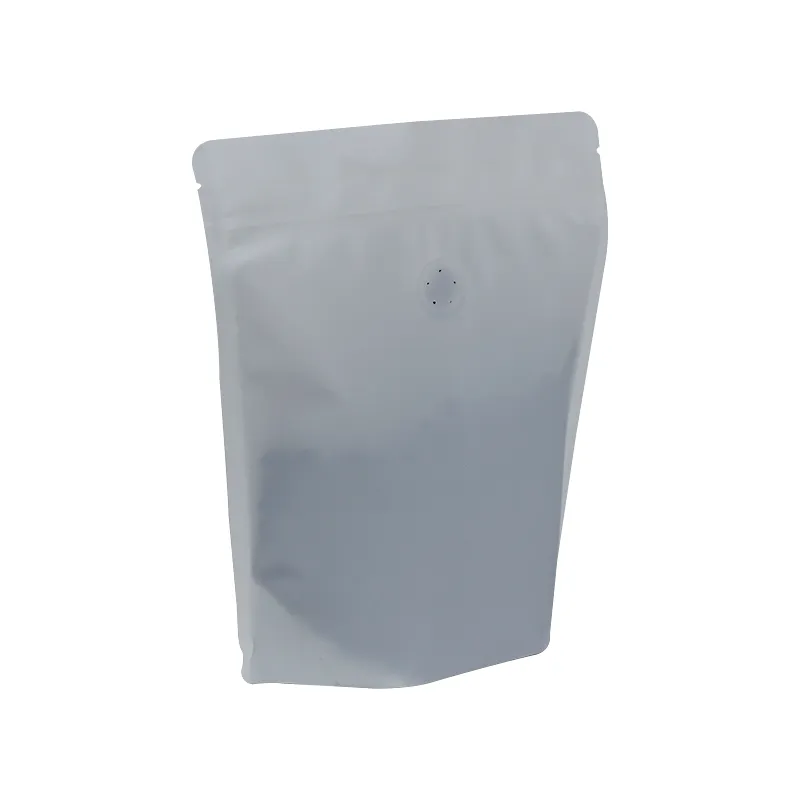- Afrikaans
- Albanian
- Amharic
- Arabic
- Armenian
- Azerbaijani
- Basque
- Belarusian
- Bengali
- Bosnian
- Bulgarian
- Catalan
- Cebuano
- chinese_simplified
- chinese_traditional
- Corsican
- Croatian
- Czech
- Danish
- Dutch
- English
- Esperanto
- Estonian
- Finnish
- French
- Frisian
- Galician
- Georgian
- German
- Greek
- Gujarati
- haitian_creole
- hausa
- hawaiian
- Hebrew
- Hindi
- Miao
- Hungarian
- Icelandic
- igbo
- Indonesian
- irish
- Italian
- Japanese
- Javanese
- Kannada
- kazakh
- Khmer
- Rwandese
- Korean
- Kurdish
- Kyrgyz
- Lao
- Latin
- Latvian
- Lithuanian
- Luxembourgish
- Macedonian
- Malgashi
- Malay
- Malayalam
- Maltese
- Maori
- Marathi
- Mongolian
- Myanmar
- Nepali
- Norwegian
- Norwegian
- Occitan
- Pashto
- Persian
- Polish
- Portuguese
- Punjabi
- Romanian
- Russian
- Samoan
- scottish-gaelic
- Serbian
- Sesotho
- Shona
- Sindhi
- Sinhala
- Slovak
- Slovenian
- Somali
- Spanish
- Sundanese
- Swahili
- Swedish
- Tagalog
- Tajik
- Tamil
- Tatar
- Telugu
- Thai
- Turkish
- Turkmen
- Ukrainian
- Urdu
- Uighur
- Uzbek
- Vietnamese
- Welsh
- Bantu
- Yiddish
- Yoruba
- Zulu
Methods to Reduce Moisture Buildup in Your Vehicle Interior
How to Effectively Absorb Moisture in Your Car
Maintaining a dry and comfortable environment within your car is essential for both the longevity of the vehicle and the comfort of its occupants. Excess moisture can lead to various issues, including mold growth, unpleasant odors, and even damage to electronic components. Here are some effective strategies to absorb moisture in your car and keep it dry.
1. Use Moisture Absorbers
One of the simplest ways to combat moisture in your vehicle is to use moisture-absorbing products. Silica gel packs are a popular choice, as they can absorb excess humidity effectively. You can purchase these packs from auto supply stores or online. Place them in various locations within your car, such as under the seats, in the glove compartment, or in the trunk. Alternatively, you can opt for specially designed moisture absorbers that are often marketed for automotive use. These products typically contain materials that trap moisture from the air, helping to maintain a dry atmosphere.
2. Keep Windows Closed and Ventilated
Excess moisture can easily enter your vehicle through open windows or doors, especially during rainy seasons or humid weather. Ensure that your windows are completely closed when parking your car. Additionally, consider using the vehicle's ventilation system to circulate air without introducing outside moisture. Setting the air conditioning to a dehumidifying mode can also be effective in reducing humidity levels within the cabin.
Leaks are a significant source of moisture buildup in vehicles. Regularly inspect your car for signs of leaks around windows, doors, and the sunroof. Additionally, check the seals and gaskets; if they appear worn or damaged, consider replacing them. If you notice persistent dampness even after sealing off potential leak points, consider consulting a professional mechanic to investigate further.
4. Use Floor Mats and Carpet Protection
absorb moisture in car

Your car’s carpets and upholstery can absorb moisture over time, leading to an increase in humidity levels and potential mold growth. Using floor mats that are waterproof can help protect the flooring from liquids. Additionally, if your car frequently encounters wet conditions, consider investing in removable carpet liners that can be easily cleaned and dried.
5. Limit Wet Items Inside the Car
Wet clothing, umbrellas, and other moist items can significantly raise the humidity levels in your vehicle. Make a habit of drying off any wet items before bringing them inside. If you have a particularly wet item, such as a towel or sports gear, keep it in a sealed bag in the trunk to contain the moisture until you can dry it out properly.
6. Use Baking Soda
Baking soda is a versatile household item that can also help absorb moisture and odors in your vehicle. Simply place an open container of baking soda in your car, and it will work to neutralize humidity and absorb any unpleasant smells over time. You can replace the baking soda every couple of months for optimal performance.
7. Maintain the Climate Control System
Regular maintenance of your car's climate control system is crucial for controlling moisture levels. Ensure that the air conditioning system is functioning correctly and that the cabin air filter is clean. A well-maintained air conditioning system can effectively remove moisture from the air inside the cabin.
Conclusion
Moisture in your car can lead to several problems, but with these effective strategies, you can combat humidity and maintain a comfortable environment. By using moisture absorbers, checking for leaks, protecting your carpets, and controlling the items you bring into your vehicle, you can preserve the integrity of your car while also enhancing your driving experience. Regular maintenance and attention to detail will ensure that your vehicle remains dry, comfortable, and free from musty odors.













